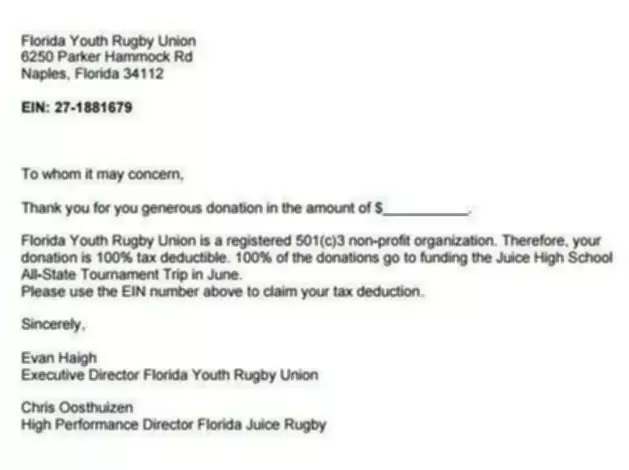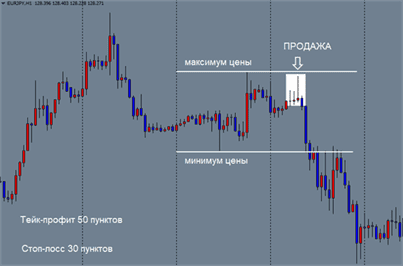How to Calculate Marginal Cost
Pátek, Leden 29th, 2021Content

In the case above, we have 100 units produced and then 200 produced. Therefore, for the second production run, the change in quantity is 200 – 100, which is 100. For the most part, marginal revenue will follow the slope of demand and at a steeper rate. In this graph of imperfect competition, marginal revenue and marginal cost intersect at q to provide the optimal point of production. For example, if you sell ten items how to calculate marginal cost for a total of $100 and then produce one more item and sell it for a discounted $9, your total revenue is $109. Even though you now sold eleven items, we are only concerned with calculating the marginal revenue of the additional item and not the total of eleven products sold. To make this discussion about marginal revenue simpler, I’ll refer to both products and services in terms of single units produced and sold.
The marginal cost has many applications in business pertaining to the cost of production, especially when deciding how much a company is willing to produce. Marginal revenue is calculated by dividing a change in revenue by the change in the quantity of sales. It can also be calculated as the derivative of the theoretical total revenue function. This could result from increased costs at any stage of the production process, or dis-economies of scale, where business operations are over-large and become less efficient.
What Is Marginal Costing?
When marginal costs equal marginal revenue, we have what is known as ‘profit maximisation’. This is where the cost to produce an additional good, is exactly equal to what the company earns from selling it. In other words, at that point, the company is no longer making money. These are usually large expenses that do not change based on the number of units you produce. These expenses are tied to the units of production and usually found under the cost of goods sold . So, in theory, they want to produce as many units as possible.

It is possible that, in the long run, economies of scale continue to decrease the marginal cost, or it may remain constant or increase with scale. Furthermore, technology or management changes could have drastic positive or negative effects on the long-run marginal cost. The equation for calculating marginal revenue is simple enough to track the numbers you need to find where it meets your marginal cost. This principle of demand responding to prices changes is known as elasticity. If pricing does not affect demand for a product, this would be referred to as inelasticity. Most products do have some elasticity and would follow an expected demand curve.
Short-run marginal cost
Using the marginal cost formula, let’s explore how marginal cost works in the real world with an example. Imagine that Company A regularly produces 10 handcrafted tables at the cost of $2,000. However, demand spikes and they receive more orders, leading them to purchase more materials and hire more employees. In their next production run, they produce 20 units at the cost of $3,000. It’s essential to have a strong understanding of marginal costs if you want to maximize your profits and decrease the cost-per-unit of production.
Inversely a business may not realize they are selling too few units. In that case, their marginal revenue has yet to meet the marginal cost. By calculating and identifying the inflection point where revenue meets cost, the business can maximize production and profits. As long as marginal revenues are higher than your marginal costs, then you’re making money.
Decisions taken based on marginal costs
In reality, almost all markets are somewhere near an imperfectly competitive https://www.bookstime.com/ market. There are multiple variations to an imperfectly competitive market.
Is marginal cost the derivative of total cost?
The marginal cost function is the derivative of the total cost function, C(x). To find the marginal cost, derive the total cost function to find C'(x). This can also be written as dC/dx — this form allows you to see that the units of cost per item more clearly.
Peggy James is a CPA with over 9 years of experience in accounting and finance, including corporate, nonprofit, and personal finance environments. She most recently worked at Duke University and is the owner of Peggy James, CPA, PLLC, serving small businesses, nonprofits, solopreneurs, freelancers, and individuals.
Marginal Cost Definition
If I were to sell any additional units past this point, it would result in negative marginal revenue. One more note that should be evident in the table, marginal revenue is not an average of your total revenue; it is only the increase affected upon the total revenue as additional units are added. To calculate marginal revenue, you divide the change in total revenue by the change in total output quantity. Take the total revenue that the business earned before adding additional units and then subtract the total revenue after the additional units have been added. Divide this change of total revenue by the change in output of units, and the remaining number is your marginal revenue. It would be as if the vertical axis measured two different things. Using the figures from the previous example, the total cost of producing 40 haircuts is $320.
Is marginal cost and marginal revenue the same?
Marginal revenue is the income gained by selling one additional unit, while marginal cost is the expense incurred for selling that one unit. Each measure the incremental change in dollars between varying levels of sales to determine at what level a company is most efficiently producing and selling goods.


